
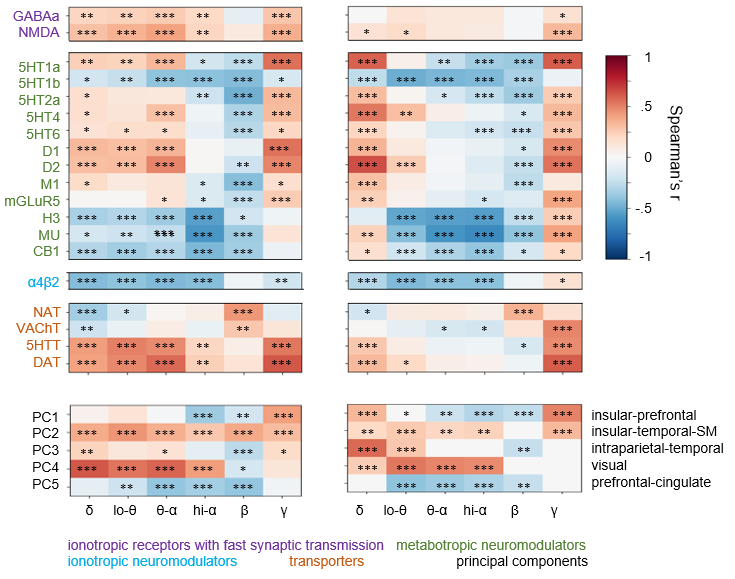
Our article linking oscillatory networks to neurotransmitter receptors and transporters has been published in iScience.
We analyzed source-reconstructed human magnetoencephalography (MEG) data to assess how the centrality of brain areas (nodes) in large-scale
networks of phase synchrony and amplitude correlations covaries with neurotransmitter receptor and transporter densities.
We found that node centrality strongly covaried with these densities in a coupling- and frequency-specific manner
both at the level of individual receptors and transporters and that of principal components.
Siebenhühner F, Palva JM, Palva S (2024):
Linking the microarchitecture of neurotransmitter systems to large-scale MEG resting state networks.
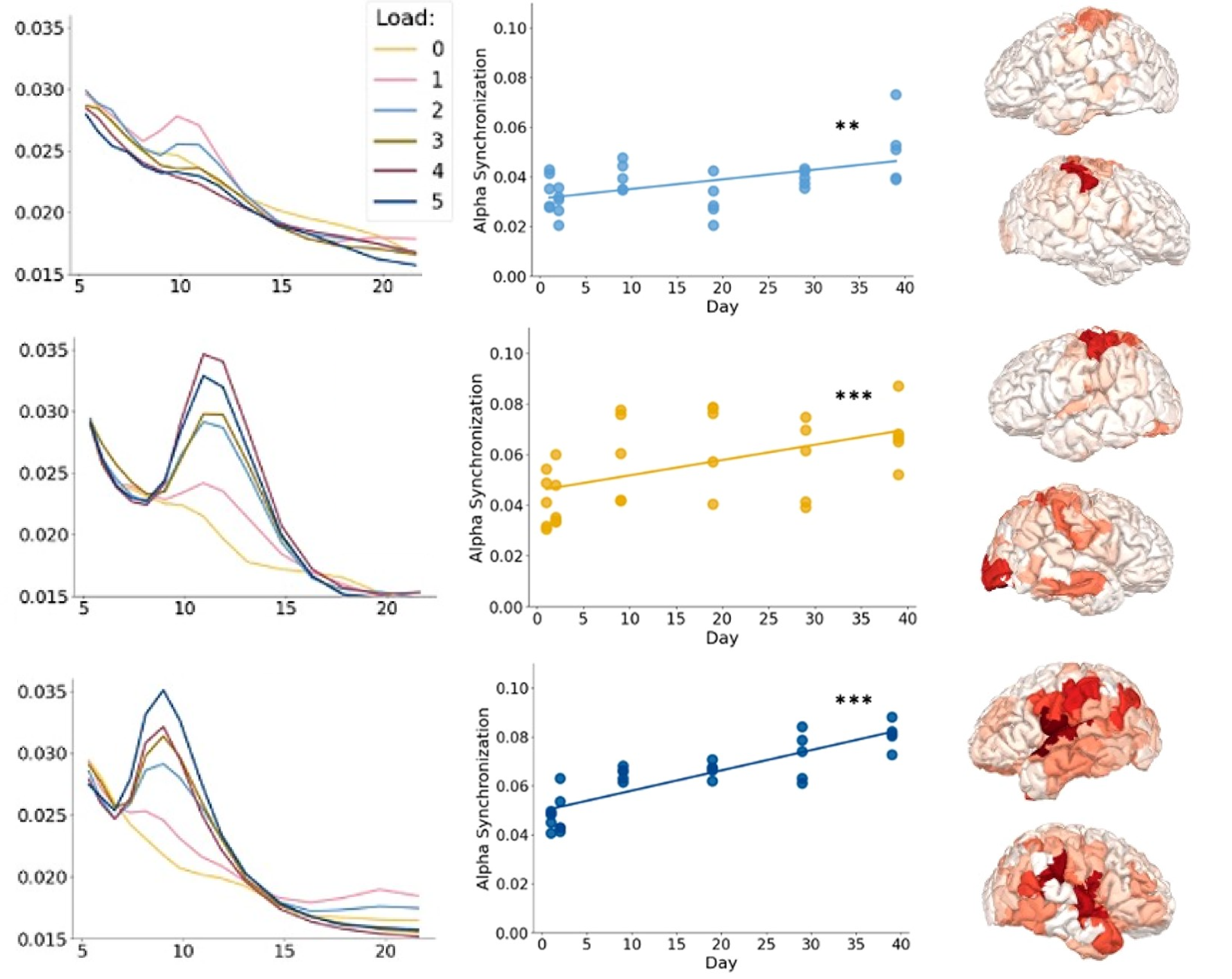
Our article "Strengthening of alpha synchronization is a neural correlate of cognitive transfer" has been published in Cerebral Cortex.
We investigated how training a specific cognitive task affects synchronization of oscillations, recording MEG from four participants in seven sessions over a span of two months.
Specifically, we found that alpha-synchronization strengthened in three of four participants, and was associated with better performance both in the trained task (visuo-spatial working memory) and in a transfer task (also working memory), but not in an unrelated control task.
These results that alpha synchronization plays an important role in cognitive transfer.
Ericson J, Palva S, Palva JM, Klingberg T (2024):
Strengthening of alpha synchronization is a neural correlate of cognitive transfer.

The Palva lab wishes everyone a Merry Christmas!
Nothing better to get everyone in the right mood for Christmas than a round of laser tag!
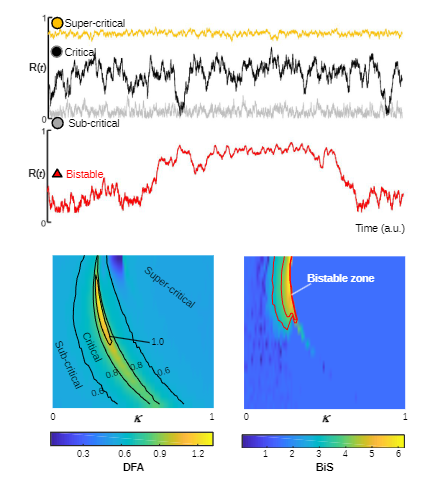
Our article "Critical-like Brain Dynamics in a Continuum from Second to First-Order Phase Transition" has been published in the Journal of Neuroscience.
We extend the classical model of brain criticality which postulates that the brain operates near a continuous second-order phase transition to include bistability, i.e. rapid, discontinuous first-order phase transitions.
We first show in a computational model that bistable synchronization dynamics emerge through elevated positive feedback and then assess bistability in resting-state MEG and SEEG data.
Our results reveal that a large fraction of brain regions exhibit varying degrees of bistability and that moderate levels of bistability support task performance, while excessive bistability predicts epileptic physiopathology.
Wang SH, Siebenhühner F, Arnulfo G, Myrov V, Nobili L, Breakspear M, Palva S, Palva JM (2023):
Critical-like Brain Dynamics in a Continuum from Second to First-Order Phase Transition.
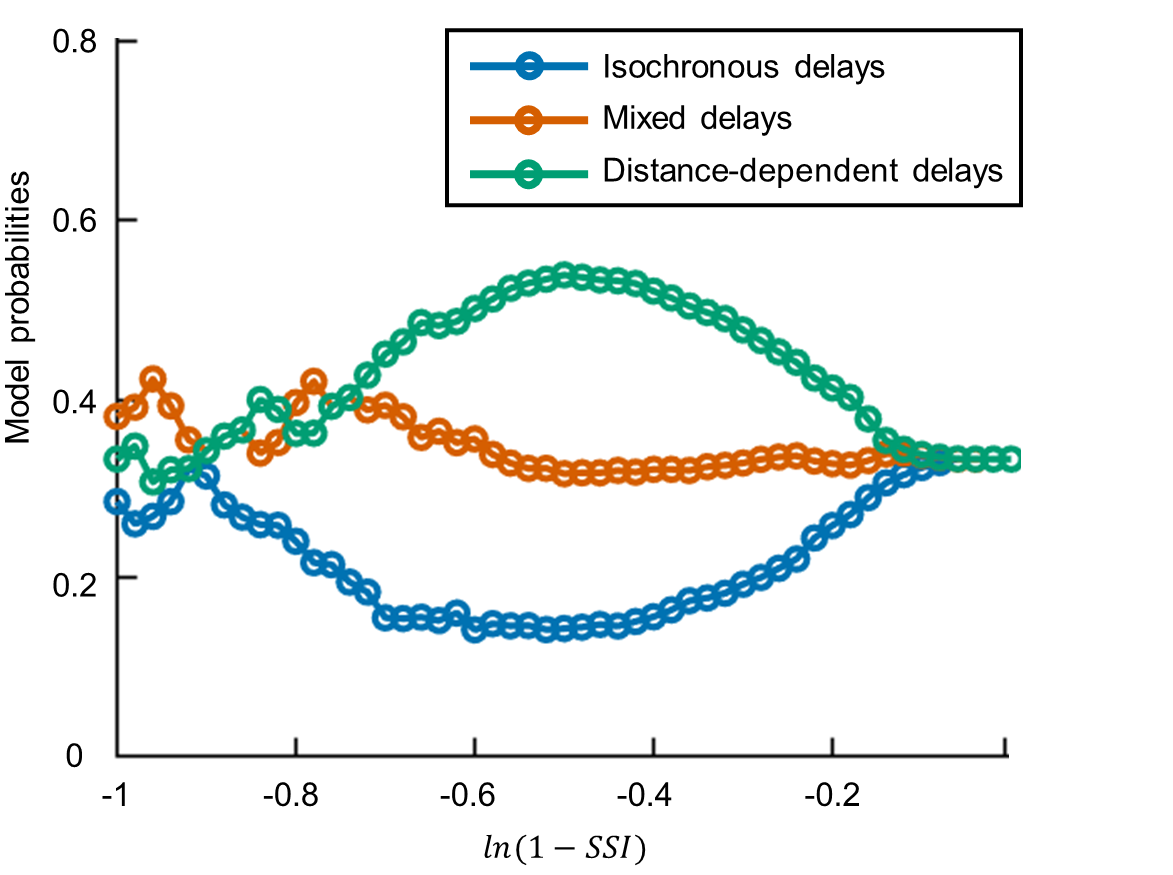
Our article "The influence of inter-regional delays in generating large-scale brain networks of phase synchronization" has been published in NeuroImage.
In this study, we investigated the role of inter-regional conduction delays in generating networks of phase synchronization.
We simulated brain activity with three Biophysical Network Models (BNMs) and compared them to resting-state Magnetoencephalography (MEG) data using state-of-the-art Bayesian methods.
Of the three BNMs that we investigated, we found that the one with distance-dependent delays fit the MEG data better than either isochronous delays, or a mixed model.
These findings suggest that distances between regions underlie delays which mediate the inter-regional communication between regions supporting the spectrum of cognitive functions.
Williams N, Ojanperä A, Siebenhühner F, Toselli B, Palva S, Arnulfo G, Kaski S, Palva JM (2023):
The influence of inter-regional delays in generating large-scale brain networks of phase synchronization.
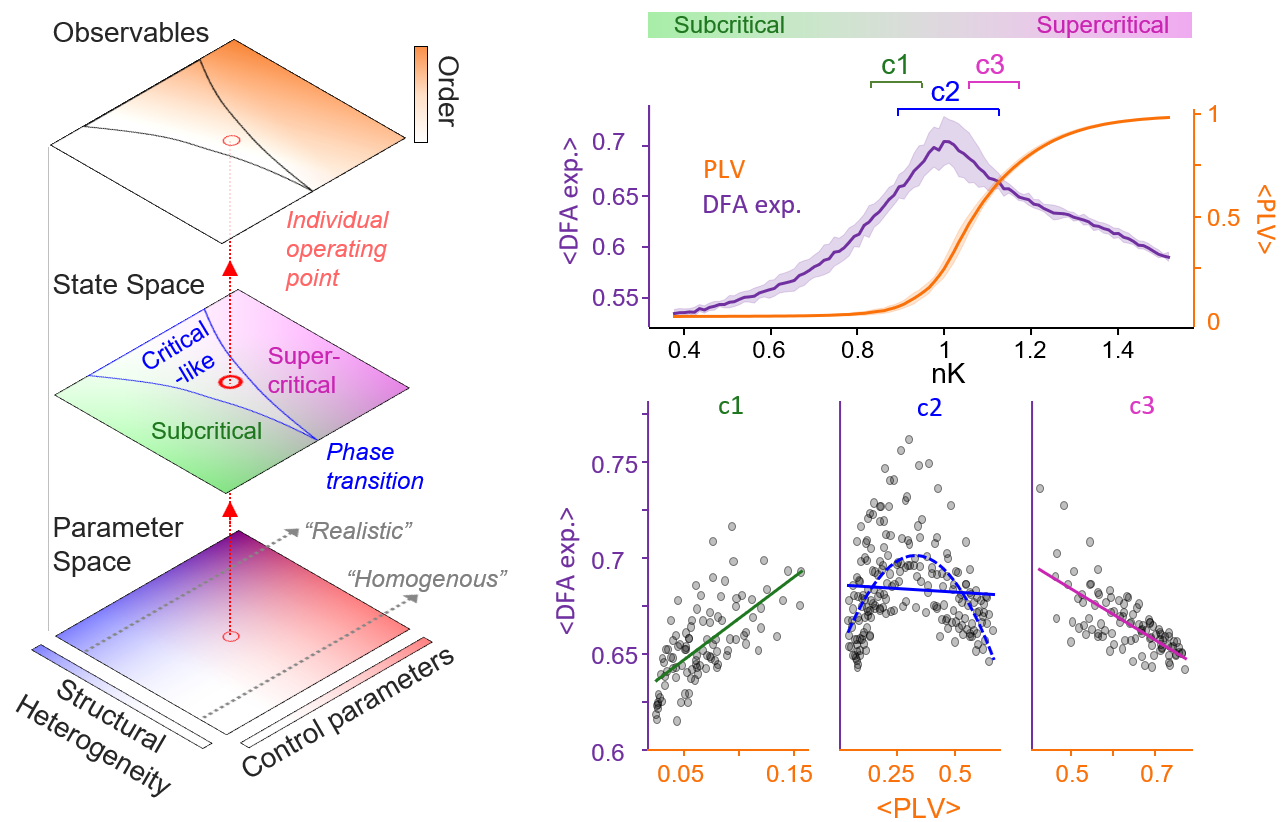
Our article "Brain criticality predicts individual levels of inter-areal synchronization in human electrophysiological data" has been published in Nature Communications.
We show MEG and SEEG evidence that individual synchronization levels are predicted by individual brain states along an extended regime of critical-like dynamics – the Griffiths Phase.
As predicted from computational modeling, correlations between inter-areal synchronization and long-range temporal correlations were either linearly positive or quadratic in healthy brain areas, but negative in epileptogenic zones.
These results suggest that healthy brain areas operate in the subcritical or critical, and epileptogenic areas in the supercritical, side of the Griffiths Phase.
Fuscá M, Siebenhühner F, Wang SH, Myrov V, Arnulfo G, Nobili L, Palva JM, Palva S (2023):
Brain criticality predicts individual levels of inter-areal synchronization in human electrophysiological data.
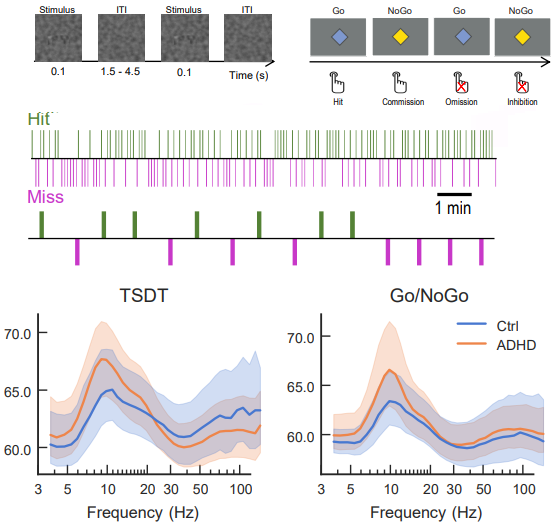
Our preprint about brain criticality in ADHD is now available on bioRxiv.
We investigated MEG data from ADHD patients and healthy controls carrying out a threshold stimulus detection task and a Go/NoGo task.
Long-range temporal correlations (LRTCs) were found to be aberrant in ADHD compared to controls in both behavioral performance and neuronal oscillations, pointing towards a mechanism for attentional fluctuations in ADHD.
The strongest LRTCs were observed for moderate symptom scores. As strong LRTCs are associated with optimal cognitive performance, our results imply that mild ADHD may actually be beneficial for cognition.
Hirvonen J, Haque H, Wang SH, Simola J, Morales-Munoz I, Cowley BJ, Palva JM, Palva S (2022):
Is mild ADHD beneficial? Brain criticality is maximal with moderate ADHD symptom scores.

Our paper about cognitive prediction in music perception has been published in Neuroimage: Reports.
We investigated with magnetoencephalography the mismatch negativity (MMN) prediction error signal in 104 adults having varying levels of musical expertise.
Brain regions involved in early auditory processing were associated with low-level acoustic priors such as tuning and timbre, while higher-level brain regions such as cingulate and orbitofrontal cortices were associated with melodic errors.
Musicians showed higher involvement of higher-level regions.
Bonetti L, Carlomagno F, Kliuchko M, Gold BP, Palva S, Haumann NT, Tervaniemi M, Huotilainen M, Vuust P, Brattico E (2022):
Whole-brain computation of cognitive versus acoustic errors in music: A mismatch negativity study.
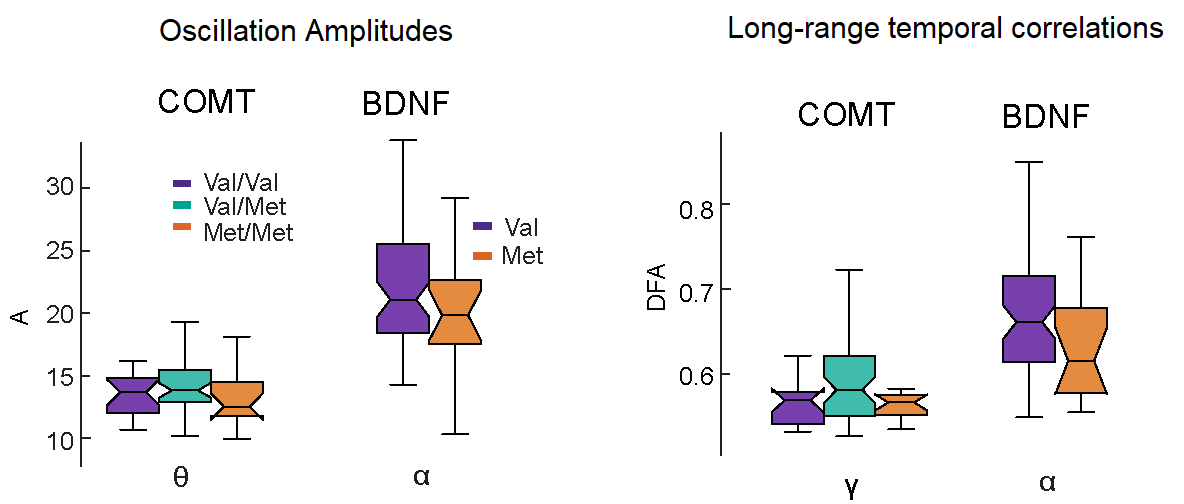
Our paper on genetic polymorphisms in COMT and BDNF has been published in iScience.
We show that oscillation amplitudes and long-range temporal correlations in MEG data are affected by both COMT and BNDF polymorphisms, and phase synchronization by BDNF alone.
Comparisons to computational models indicate that these polymorphisms modulated the neuronal E/I balance, and thereby how close the brain operates to the critical point.
Simola J, Siebenhühner F, Myrov V, Kantojärvi K, Paunio T, Palva JM, Brattico E, Palva S (2022):
Genetic polymorphisms in COMT and BDNF influence synchronization dynamics of human neuronal oscillations.
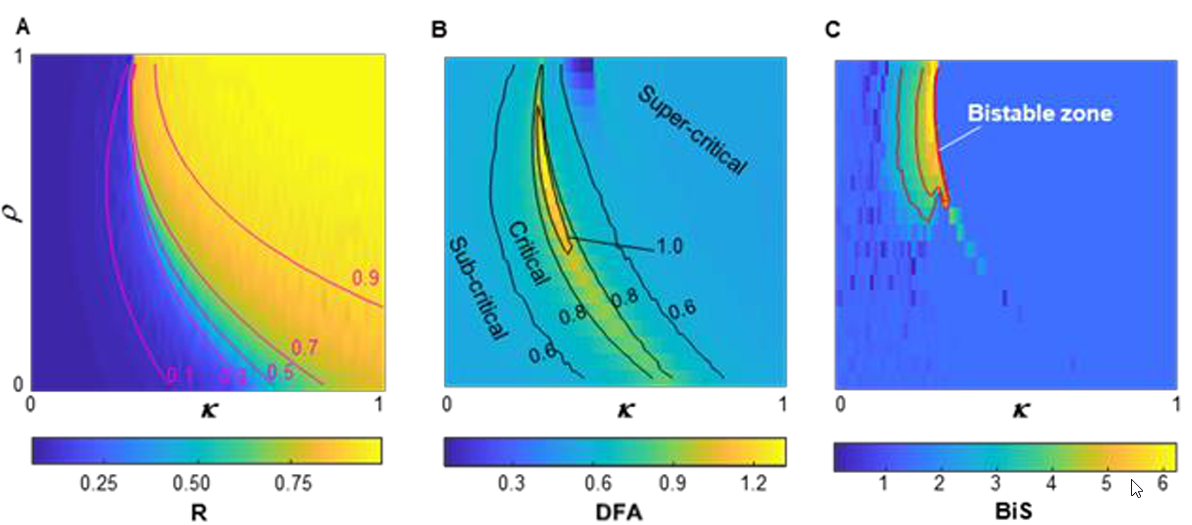
Our preprint on critical-like bistable dynamics is now available on bioRxiv.
We show that human brain activity in both MEG and SEEG data exhibits bistable dynamics.
Moderate levels of bistability were positively correlated with executive functioning, while
excessive bistability was associated with epileptic pathophysiology.
These results indicate that bistability is important for healthy brain function and expand the framework of brain criticality.
Wang SH, Arnulfo G, Myrov V, Siebenhühner F, Nobili L, Breakspear M, Palva S, Palva JM (2022):
Critical-like bistable dynamics in the resting-state human brain.

Our paper on event-related responses in natural speech has been published in NeuroImage.
We investigated neural correlates of chunk boundaries intuitively identified by listeners in natural speech using magneto- and electroencephalography (MEEG).
Our results indicate that brain responses to chunk boundaries of natural speech can be modulated by the relative
strength of different linguistic cues, such as syntactic structure and prosody.
Anurova I, Vetchinnikova S, Dobrego A, Williams N, Mikusova N, Suni A, Mauranen A, Palva S (2022):
Event-related responses reflect chunk boundaries in natural speech.
Sheng Wang's thesis (https://helda.helsinki.fi/handle/10138/334445) won the Best PhD Dissertation (2021) in the Faculty of Biological and Environmental Sciences award. Congratulations!
Congratulations to Sheng Wang for receiving a one-year personal grant from the Sigrid Juselius foundation (https://www.sigridjuselius.fi/) for Post Doctoral Research in the field of Medicine, and a one-year personal grant from the Finnish cultural foundation (https://skr.fi/) Post Doc Pool for Post Doctoral Research in the field of Medicine.
We congratulate Felix Siebenhühner for receiving a 2-year postdoctoral research grant from the Finnish Cultural Foundation (https://skr.fi/) for researching critical dynamics in health and depression!
Sheng Wang defended his thesis "Critical bistability and large-scale synchrony in human brain dynamics" and received a "Pass with Distinction". His opponent was Dr. Philippe Ciuciu (https://philippeciuciu.fr/), the Research Director at NeuroSpin (CEA), Paris-Saclay.
New funding from Wellcome Leap Multi-Channel Psych project!
Palva-lab is honored and proud to receive funding from Wellcome Leap Multi-Channel Psych project https://wellcomeleap.org/mcpsych/. The goal of the new three-year research project is to identify neural mechanisms of depression and to develop new biomarkers for diagnostics. The project is going to be exciting to integrate behavioral, neuroimaging, brain stimulation, and computational modeling to find biomarkers for anhedonia and depression.
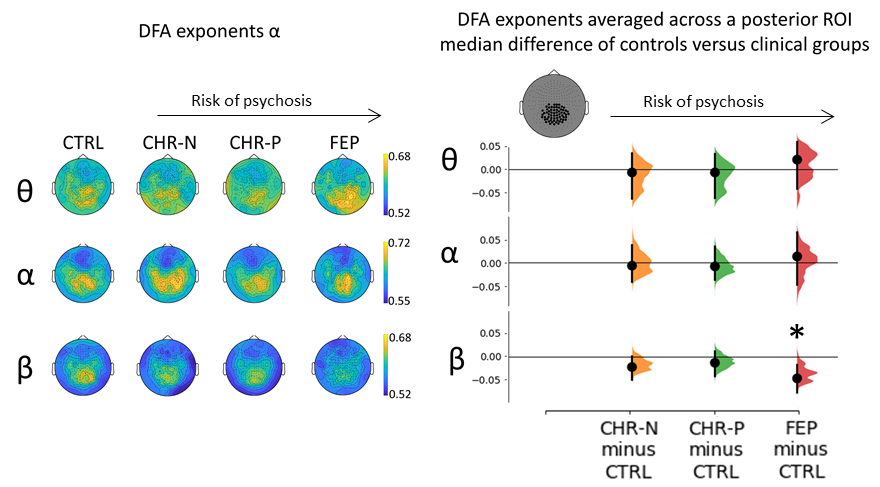
Our paper on long-range temporal correlations (LRTCs) in psychosis has been published in NeuroImage: Clinical.
We show that LRTCs do not reflect the clinical trajectory of psychosis, but are attenuated at the onset of psychosis.
Cruz G, Grent-'t-Jong T, Krishnadas R, Palva JM, Palva S, Uhlhaas PJ (2021).
Long range temporal correlations (LRTCs) in MEG-data
during emerging psychosis: Relationship to symptoms, medication-status and clinical trajectory.
